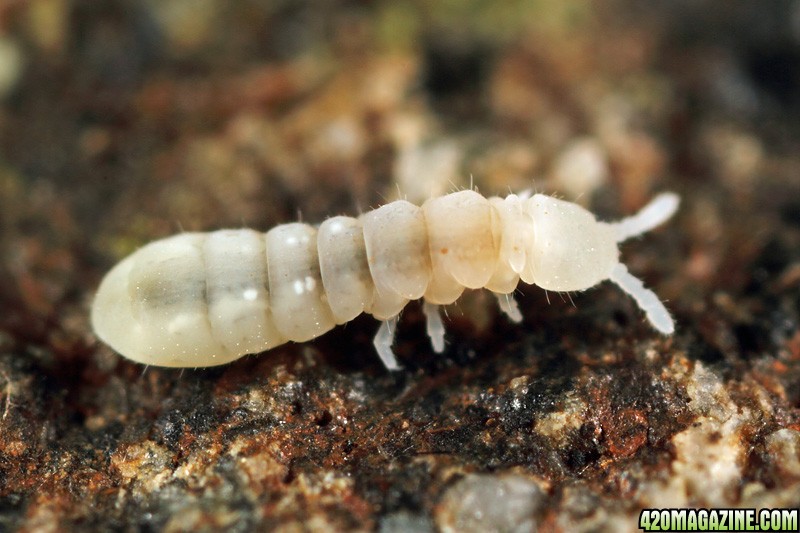Yeah, I'm not sure the live moss will like a grow room. But it's a learning opportunity for us all.
I just realized, Dank, you can just go out and harvest Alaskan peat and forest humus, maybe even glacial rock dust if your close enough to one. Lucky. My deciduous forest has all it's good stuff locked up in the wood and canopy. The 'soil' is really quite horrible, even the top most humus layer.
If I were you I would harvest soil from stream bank areas beneath glacial locations. Look for areas in switchbacks where materials tend to collect and the native plants are flourishing. I bet you'll have the best soil out of all of us in a year or two.
Do you fish or have a source for fish wastes from processing? You could be making fish emulsion or hydrolysate. The fungi really love that.
I just realized, Dank, you can just go out and harvest Alaskan peat and forest humus, maybe even glacial rock dust if your close enough to one. Lucky. My deciduous forest has all it's good stuff locked up in the wood and canopy. The 'soil' is really quite horrible, even the top most humus layer.
If I were you I would harvest soil from stream bank areas beneath glacial locations. Look for areas in switchbacks where materials tend to collect and the native plants are flourishing. I bet you'll have the best soil out of all of us in a year or two.
Do you fish or have a source for fish wastes from processing? You could be making fish emulsion or hydrolysate. The fungi really love that.






 ..and not the best, just a great working soil
..and not the best, just a great working soil 






 I have to resort to purchasing Worm Power to make up for my own failings as a gardener. Thank goodness the worms I have thrive in my pots. I'm getting ready to leave home for almost two months. Let's see if they can survive my daughter's negligent hand.
I have to resort to purchasing Worm Power to make up for my own failings as a gardener. Thank goodness the worms I have thrive in my pots. I'm getting ready to leave home for almost two months. Let's see if they can survive my daughter's negligent hand.

